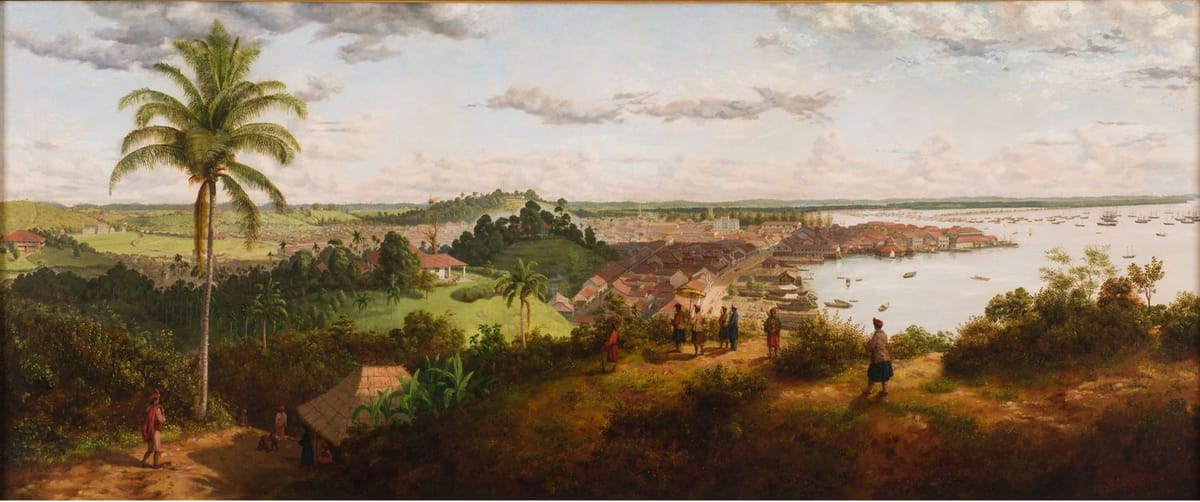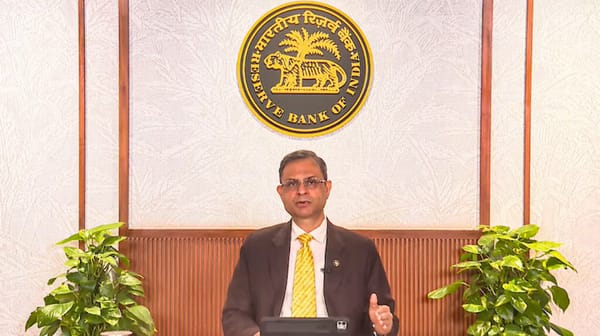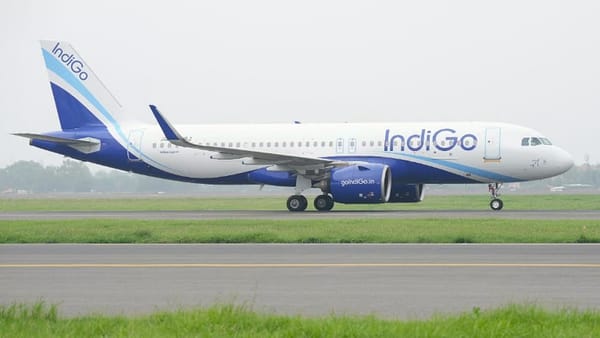Asian Civilisations Museum launches world’s first exhibition on Port Cities in Asia

Singapore, 27 October 2016 – The Asian Civilisations Museum (ACM) presents Port Cities: Multicultural Emporiums of Asia, 1500 – 1900, an exhibition which explores the unique heritage of Asian port cities and tells the story of how the global flow of people, goods and ideas contributed to the evolution of multi-cultural societies in Singapore, and other port cities in Asia today.
The first in the world to explore the topic, Port Cities: Multicultural Emporiums of Asia, 1500 – 1900 also charts a lesser known era of globalisation, identifying linkages between cities across the Asian continent, from Goa and Bombay in India, to Batavia (Jakarta) and Manila in Southeast Asia, to Canton (Guangzhou) and Nagasaki in East Asia. Exhibits tell the stories of how specific people and objects adapted as they travelled across the seas from one port city to another; and how communities in many of these port cities were thoroughly modern, in that they blended the latest global trends with their own local traditions of craft and design to create entirely new forms of fashion, decorative arts and ways of living.
Speaking on the exhibition, Director of the ACM and NHB Group Director, Museums, Mr Kennie Ting said, “Port cities that have come before Singapore illustrate that globalisation and cosmopolitanism are not a modern phenomenon. There have been global trade networks since ancient times and certainly during the period of 1500 – 1900. These networks facilitated the development and evolution of multicultural societies in historic port cities leading up to Singapore. As the latest in a long line of cosmopolitan port cities in Asia, Singapore is in a good position to explore this topic because our history is precisely that of trade, and connections across cultures.”
He added, “Port Cities: Multicultural Emporiums of Asia, 1500 – 1900 furthers the museum’s mission of exploring and presenting cross-cultural and hybrid forms of art, people and cultures that have emerged at crossroads of civilisations in Asia, such as port cities. Focusing on the cross-cultural, or in other words, ‘East-meets-West’ and ‘East-meets-East’, is crucial in that it allows us to better understand who we are as Singapore; and as Singaporeans today. I hope that through this exhibition, Singaporeans and visitors get a deeper understanding of what makes Singapore tick, and what it means to have lived and continue to live in a multi-cultural society grounded in trade.”
Port Cities: Multicultural Emporiums of Asia, 1500 – 1900 has been made possible through the strong relationships between ACM and many international partners. Over 180 objects from eight countries – Singapore, Portugal, Netherlands, Switzerland, Japan, Indonesia, Belgium, the Philippines and 22 acclaimed institutions and private collections around the world, will be on display to tell this lesser known history behind our pan-Asian networks. Many of these objects are being showcased for the first time in Singapore such as a collection of rare Chinese objects from 17th century Batavia on loan from Stiftsbibliothek St Gallen in Switzerland, which ACM is also partnering for the first time.
The exhibition presents three aspects related to the movement of people, goods and ideas in Asia – Divergence (Moving, Selling, Copying), Convergence (Owning, Collecting, Commissioning), and Integration (Contriving, Combining, Creating); and how these aspects shaped the development of port cities.
Mr Peter Lee, guest curator at ACM and of the exhibition, shared, “We hope visitors will gain a new perspective of port cities through this fresh curatorial approach, as we trace the stories of intensely globalised individuals and communities through lesser known networks. The Chettiar community for example, were as globalised and multicultural then as they are today. They have been trading beyond their homeland for centuries, even building temples in Saigon more than two hundred years ago, when Pondicherry and Saigon became part of the French colonial empire.”
The public can also look forward to a series of interactive programmes and events, ranging from symposiums, curator tours, a special two-part series talk by the Director on historic port cities, as well as a series of cross-cultural performances taking place fortnightly in December to further enrich the exhibition and engage the community.
Miss Naomi Wang, assistant curator at ACM and of the exhibition shared, “With the strong support from our international partners, we were able to string together a bigger picture of the multi-cultural linkages seen across port cities till today. For instance, we have assembled artefacts from the life of a 17th century Dutch-Japanese lady who lived in Batavia. Her portrait from the Rijksmuseum in Netherlands and personal artefacts from the Matsura Historical Museum in Hirado, Japan are reunited in Singapore for the first time. These objects help us to uncover and present intriguing stories of individuals whose lives were testaments of cross cultural linkages.”
Port Cities: Multicultural Emporiums of Asia, 1500 – 1900 exhibition runs from 4 November 2016 to 19 February 2017 at the Asian Civilisations Museum. Admission charges apply for this special exhibition.




